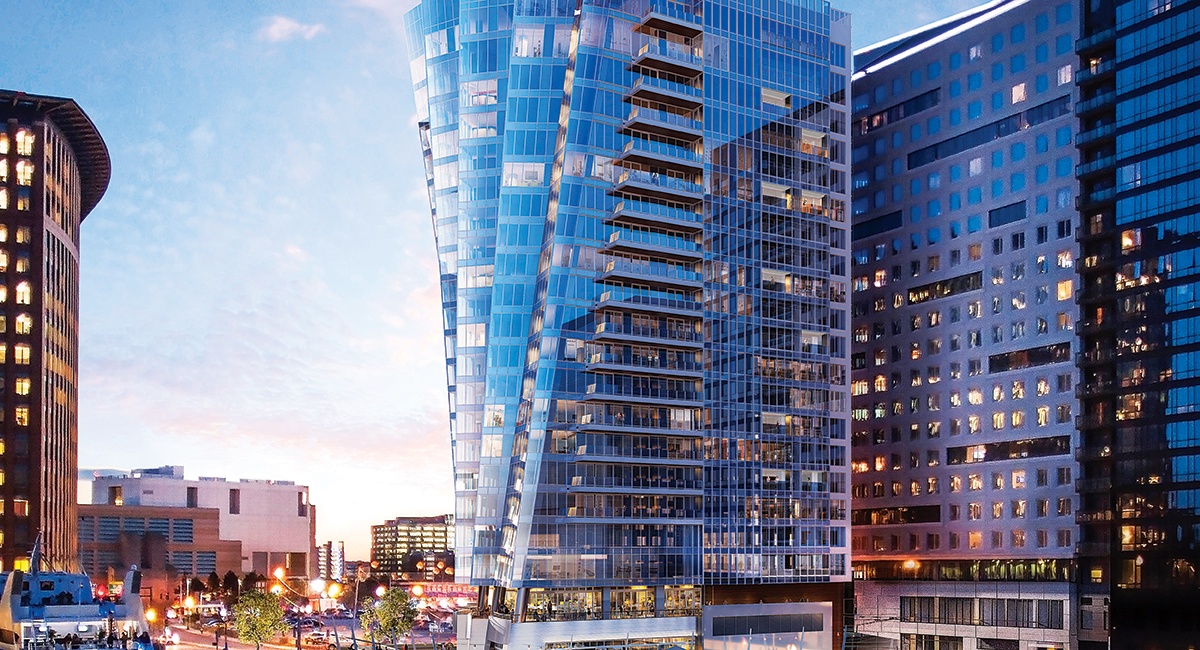My family would go to Our Lady of Good Voyage on occasion, and it was this lone building the sea of parking lots. Most of my memories are related to the Masses there - record setting Lord's Prayers to get everyone out of the 7PM Mass before the 8PM Mass folks showed up.The timelapse pictures from Google Street View between now and 2007 are quite interesting. I am too young to remember Boston in 2007 for the most part. Anyone have any interesting memories? Here's a couple pics I wanted to share:
The concert pavilion was down that end of the Seaport across the street back then (still called Harborlights). In the summer you could hear the concerts inside the chapel. Also there were a lot of tour buses staged there for some reason.


